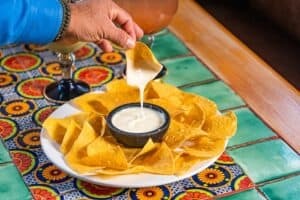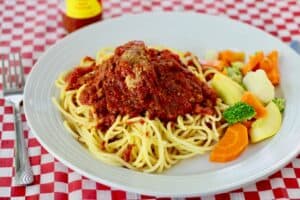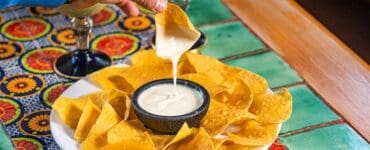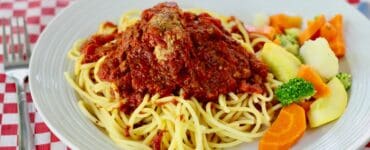Ramen noodles are a type of Japanese noodle that is typically made from wheat flour, salt, and water. Yakisoba noodles are also a type of Japanese noodle, but they are typically made from flour, salt, water, and soy sauce. Both ramen and yakisoba noodles are usually served with a meat or fish based broth, vegetables, and sometimes eggs or tofu. Some people believe that the two types of noodles are the same, but others believe that there are subtle differences in taste and texture between the two.
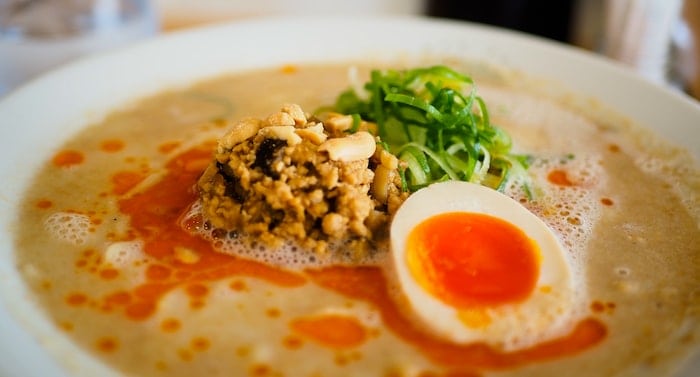
Texture of Yakisoba Noodles Compared to Ramen
Ramen noodles are a type of Japanese noodle that is often served in a broth with toppings. Yakisoba noodles are a type of Japanese noodle that is often stir-fried with vegetables and meat.
Texture is one of the main differences between ramen noodles and yakisoba noodles. Ramen noodles are typically softer, while yakisoba noodles are more chewy. Ramen noodles are also often served in a broth, while yakisoba noodles are typically stir-fried with vegetables and meat.
Flavor of Yakisoba Noodles Compared to Ramen
Ramen noodles are a popular Japanese dish that is made from wheat flour, salt, and water. The dough is boiled into noodles, then typically served with a pork-based broth called tonkotsu. Yakisoba noodles are a similar dish, but are made with buckwheat flour and typically have a soy sauce-based sauce.
Ramen noodles are denser and chewier than yakisoba noodles. They also have a stronger flavor that comes from the pork broth. Yakisoba noodles are lighter and have a more subtle flavor. They are also slightly sweeter due to the soy sauce in the sauce.
Both ramen and yakisoba noodles are delicious dishes that can be enjoyed in different ways.
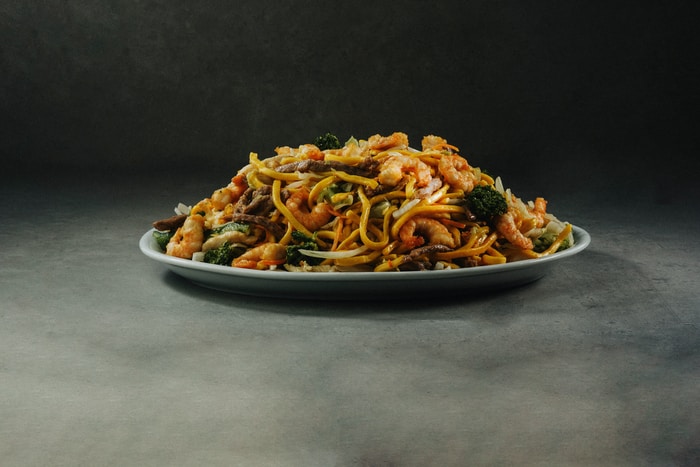
Appearance of Yakisoba Noodles Compared to Ramen
Appearance is everything, or so they say. And when it comes to Japanese noodles, there’s definitely a lot of truth to that statement. Two of the most popular noodle dishes in Japan are yakisoba and ramen. They may have some similarities, but there are also some major differences between the two.
There are several differences between ramen noodles and yakisoba noodles in terms of appearance. Ramen noodles are usually white in color, while yakisoba noodles are typically yellow or orange in color. Ramen noodles are also thicker than yakisoba noodles. Additionally, ramen noodles often have a curly shape, while yakisoba noodles are more straightened out.
Price of Yakisoba Noodles Compared to Ramen
Ramen noodles are a classic, budget-friendly meal that can be made quickly and easily in any home kitchen. Yakisoba noodles are a similar type of noodle, but they can be a bit more expensive than ramen.
Ramen noodles typically cost around 100 yen per pack, while yakisoba noodles can cost anywhere from 130 yen per pack. That means yakisoba noodles can be more expensive than ramen. However, the increased price for yakisoba noodles may be worth it, as they tend to be thicker and have a chewier texture than ramen. They also have a slightly richer flavor that some people prefer over the milder taste of ramen.
Yakisoba Noodles or Ramen for Gluten Free Diet
Ramen noodles are a classic Asian dish, and they’re often thought of as being gluten free. However, most ramen noodles actually contain wheat flour, which means they’re not gluten free.
Yakisoba noodles are made from buckwheat flour, which makes them gluten free. They have a slightly different texture and flavor than ramen noodles, but they are a viable substitute for those who need to avoid gluten.
Conclusion
In conclusion, yakisoba noodles and ramen are both great options for a quick, easy, and affordable meal. They are both versatile dishes that can be adapted to fit any palate, and they can be made with a variety of ingredients. Whether you are looking for a hearty meal or a quick snack, yakisoba noodles and ramen are sure to satisfy.



